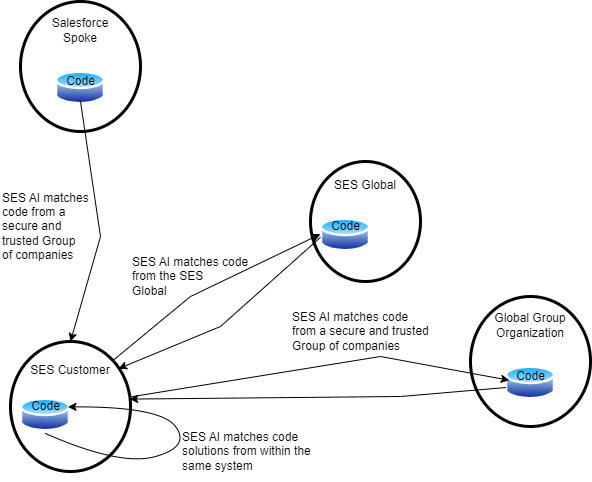Does GitHub Co-Pilot Herald A New Dawn In Generative AI Code Generation?
Since the advent of GitHub Co-Pilot, GitClear produced the largest report of its kind covering 153 million lines of code across many projects, and found from 2023 to 2024, code duplication increased by 39%, code churn, which is the % of code reverted immediately after launch, had doubled, and code moves, which is the % of code restructured and re-organised, had reduced by 17%. This indicates a correlation between the launch of Co-pilot and the decline in code quality described by these metrics. AI adoption to build code is expected to grow from currently 10% of developers to 70% by 2027. If code duplication, code churn and code moves follow the same trajectory, this will result in widespread failure of systems, and because AI would have created the majority of this code, it will be more difficult for developers to know how to fix. SES does not cause the same issues, and actually code re-use and de-duplication is a core fundamental of SES. The full GitClear report can be found here.
SES learns the code of the system that SES is installed in and any Salesforce systems connected via a standard Oauth connection that you explicitly authorise SES to connect to, ensuring secure connections. This way, SES can learn from not just the code of your installed Salesforce system, but from an ecosystem of connected Salesforce systems. SES customers can even connect to a system owned by SES, utilising a huge library of code solutions. Below illustrates the connected systems that SES uses to generate solutions, fulfilling any user requirements.

Because SES is leveraging code deployed to Salesforce systems; this code is guaranteed to compile and more likely the code would have been fully user tested, if correct agile methodologies are followed, therefore is reliable and fulfils its primary requirements. Unlike other AIs that utilise the internet as the source of data and code solutions, polluted with inaccurate and often even dangerous solutions; SES is not affected by this. Using SES to build code to fulfil user requirements, SES will reference current code and functions and therefore maximises re-use of code. You are more likely to experience a rapid increase in code re-usability, even more than if code was completely developed manually by developers.Of course there are many other AIs, not just GitHub Co-Pilot, so we ran an assessment of current AI code generation tools and compared with SES. See this Link for the full comparison. Currently SES can build code in Apex, Java, C#, PHP, Python and Powershell and we have plans to add Jquery, Javascript, TypeScript, Ruby, React, Angular etc.